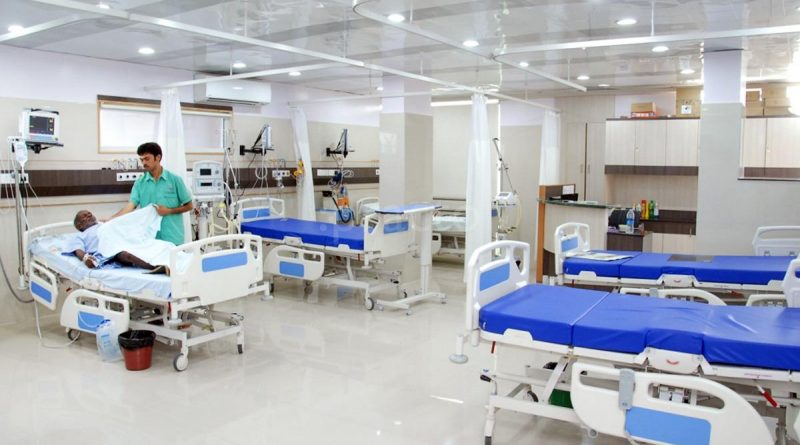Time to Give Priority To Health Sector
Thanks for your continuous support to the dissemination of awareness about pertinent health issues by your favourite magazine month after month. For our discerning and perceptive readership, we always strive to publish engaging and informative stories and expert columns, based on deep analysis and scientific research.
This time, we carry Traumatic Brain Injuries (TBI) as the cover story. As you know with the rapid increase in TBI, India faces the major challenges of prevention, pre-hospital care and rehabilitation needs of brain injured persons. The government needs to put in place a clearly defined road safety policy, a central coordinating agency, allocation of adequate resources, and strict implementation of proven and effective interventions to reduce trauma-related mortality and morbidity.
Trauma can be defined as outcome of an injury to living tissues caused by an extrinsic agent, examples include the consequences of road accidents, falls, gunshots, physical assaults or other forms of violence. Concerted efforts are required for effective and sustainable prevention and management of such injuries in India. One of the essential needs is to establish the trauma registries to monitor the system and provide state-wide cost and epidemiological statistics.
Recently Indian Medical Association (IMA) released its Health Manifesto and urged all political parties to give priority to health sector. The manifesto contains various suggestions to improve public health, change policy directions, streamline medical education and improve medical research. The allocation of meagre 1.1% of GDP for health services speaks volumes about the apathy of successive governments towards this most important determinant of social and economical progress of a nation.
So, doctors wish to offer their services as a think-tank, support and pressure group to the government both at national and state levels with a view to bring health at the forefront on the agenda of political parties.
As part of special story entitled Dealing with Deadly Disease, we take a close look on Chronic Hepatitis B virus (HBV) and chronic Hepatitis C virus (HCV) infections that cause devastating damages to the liver. Though there are effective treatment modalities available for them, more emphasis should be given for the prevention, especially in pregnant women to protect the newborn of vertically transmitted hepatitis infection.
In India the total number of HBV carriers is about 40 million with an average prevalence of 3% to 4% and around 6-12 million people are estimated to have chronic hepatocellular carcinoma (HCC). Chronic HBV infection accounts for 40-50% of HCC and 20-30% cases of cirrhosis in India. Chronic HCV infection accounts for 12-32% of HCC and 12-20% of cirrhosis. There are few states like Punjab which have high burden of hepatitis infection owing to high prevalence of risk factors such as unsafe medical practices including unsafe medical injections, blood transfusions and intravenous drug abuse.
Today Hepatitis B & C combined contribute to more than 1.2 million deaths per year which is more than 1.3 times total deaths from HIV as all three of the diseases have same modes of transmission. However, the prevalence is decreasing in several highly endemic regions due to improvements in the socio-economic status, universal vaccination programmes for HBV and perhaps effective antiviral treatments.
The current issue of the magazine also focuses on the current status of research into cardiovascular diseases (CVD) with emphasis on emerging information on risk factors and Indian efforts for arresting the disease’s growing incidence, providing affordable care, and discovering new remedies
Practice of modern cardiology and treatment of heart disease with allopathic drugs became a reality in India soon after the World War II, and research on the pathogenic and therapeutic aspects of CVD was also initiated during the same period.
Ayurvedic physicians of ancient India (2500 and 500 BC) recognized the heart as a controlling centre connected to the entire body through channels of shiras (veins) and dhamanis (arteries), which supply nutrients to various tissues and provide passage for waste products. They claimed that any obstruction in these channels led to sickness in the body. They performed treatment on the basis of personal knowledge of various herbal formulations, which continue to be used by current practitioners of the traditional Indian systems of medicine.
There are many more stimulating, thought-provoking and interesting stories in the current issue. So, stay with us and enjoy reading!
Thanks and regards
Amresh K Tiwary,
Editor-in-Chief

